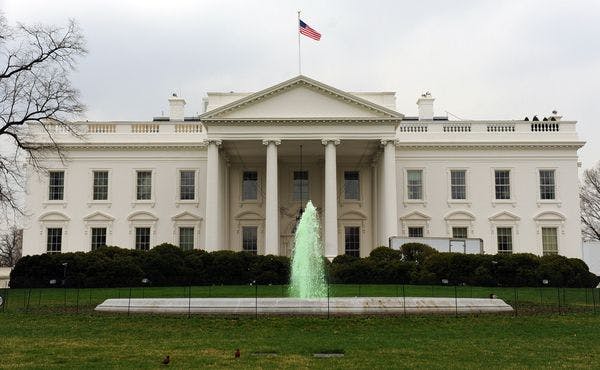US President publishes the levels of funding for public health responses to illicit drug use
Michael Botticelli, Acting Director of the White House Office of National Drug Control Policy, announced drug-related requests in the Obama Administration’s Fiscal Year 2016 Budget. The President’s Budget, submitted to the U.S. Congress today, contains over $12 billion in Federal funds for reducing drug use in the United States for fiscal year 2016 through prevention and treatment programs – an increase of more than $768 million over the fiscal year 2015 enacted level. Combined with supply reduction funding, a total of nearly $27.6 billion dollars was requested for Federal drug control programs for 2016.
“The President’s 2016 Budget calls for the largest commitment to substance use disorder treatment and prevention efforts to date,” said Michael Botticelli, Acting Director of the Office of National Drug Control Policy (ONDCP). “There are millions of Americans – including myself – who are in successful long-term recovery from a substance use disorder. This budget demonstrates the Obama Administration’s ongoing commitment to a science-based drug policy with a balanced approach to public health and public safety.”
The FY 2016 Request includes:
- $1.4 billion for prevention activities, a nearly six percent increase over the FY 2015 funding level.
- $11.0 billion for treatment, a nearly seven percent increase over the FY 2015 funding level.
- $9.7 billion for domestic law enforcement activities a nearly four percent increase over the FY 2015 funding level.
- $3.9 billion for interdiction, an increase of two percent above the FY 2015 level.
- $1.6 billion for international funding, an increase of more than one percent above the FY 2015 level.
Data from the National Survey on Drug Use and Health (NSDUH) indicate that the overall rate of current drug use among Americans 12 and older has been increasing gradually over the past 12 years, from 8.3 percent in 2002 to 9.4 percent in 2013—an increase of 13 percent. This increase appears to be driven by an increase in marijuana use, rising from 6.2 percent in 2002 to 7.5 percent in 2013—an increase of 21 percent. However, other categories of drug use have declined over this period of time, including cocaine (33%) and pain relievers (19% since its peak in 2009). The overall rate of drug use among youth (12 to 17 year olds) has dropped noticeably in recent years. Data from the NSDUH indicate recent and long-term declines the rates of past month use of any illicit drug (7% compared to 2012 and 24% since 2002).
Click here to read the full article.
Keep up-to-date with drug policy developments by subscribing to the IDPC Monthly Alert.
